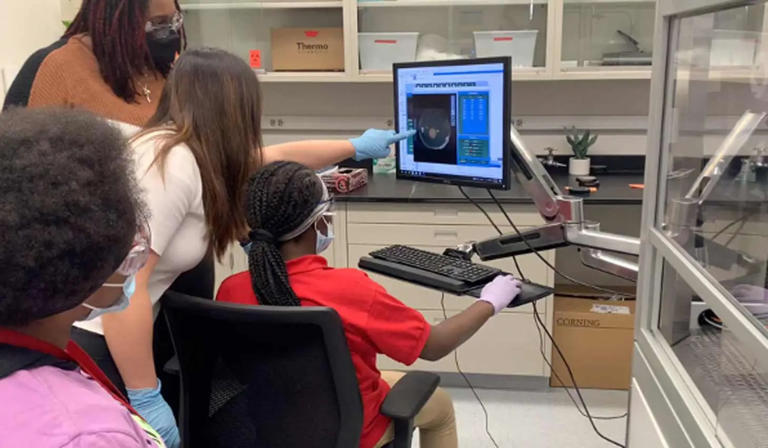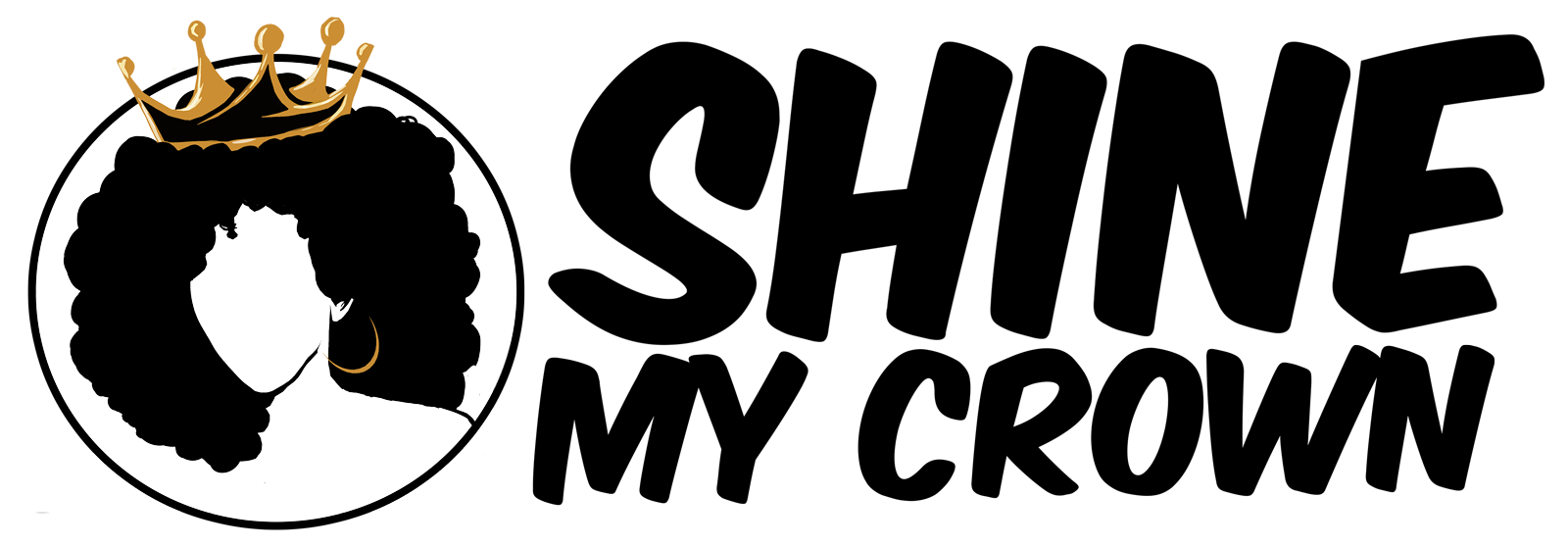At just 13 years old, Camarria Williams has made a remarkable scientific discovery.
While participating in the Chicago Antibiotic Discovery Lab, the eighth-grader from William H. Brown STEM Magnet School uncovered a cancer-fighting compound in an unlikely source: goose droppings collected from Garfield Park Lagoon.
Camarria, along with six other middle school students, joined the 14-week STEM outreach program led by the University of Illinois at Chicago’s Brian Murphy.
Designed to expose underserved students to careers in biomedical sciences, the program partners with the Boys & Girls Clubs of Chicago to teach participants how medicines, including antibiotics, are discovered.
“The premise of our program is to teach students how many medicines are discovered,” Murphy, a professor at UIC, told The Washington Post. “By involving students in our own research, we aim to show them a pathway to careers in the biomedical sciences.”
For Camarria, the journey began with a simple curiosity about bacteria.
“My mom feeds animals, and I know birds eat everything,” she explained. “I knew there must be bacteria in it.”

Her instincts paid off when she learned that her sample contained a novel compound with cytotoxic properties against ovarian and melanoma cancer cell lines.
Camarria’s discovery was even more meaningful given her personal connection to cancer.
“My mom, auntie, and grandma have all had cancer,” she shared. “It makes me happy that something I found could help. It makes me want to discover more things out there.”
The findings, published in the American Chemical Society’s Omega Journal in October, list Camarria as a co-author, a significant achievement for a middle school student.
“Now people will know me,” she said. “They’ll know that I am a smart kid and I’m curious.”
While Murphy notes that it’s unlikely the compound will become a drug, its discovery contributes to understanding cancer and highlights the importance of accessible STEM programs.
“Compounds like this allow us to understand how cancer works a little better, and that allows other scientists to develop better drugs,” he said.

The program’s success lies in sparking curiosity and showing young people the real-world applications of science.
“This captures the whole essence of the program,” said Jonathon Rodriguez, a technology program manager at the Boys & Girls Club.
As for Camarria, her future in science looks bright. “I want to be a scientist,” she said.
